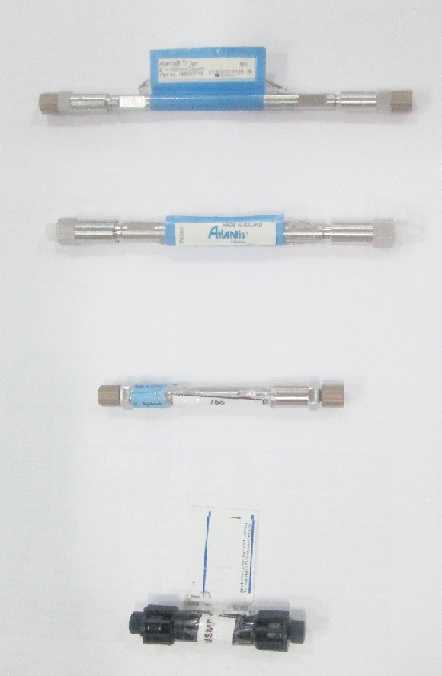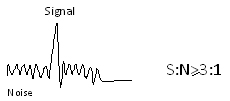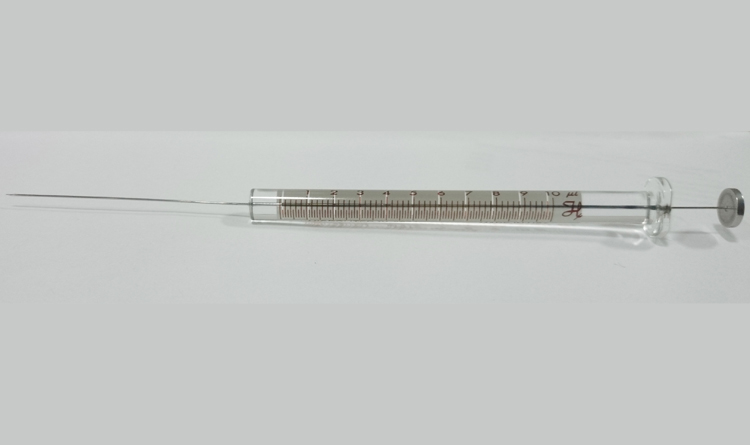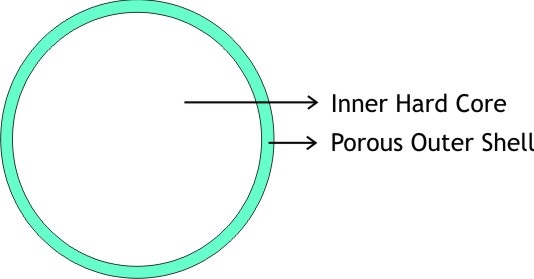USP Classification of HPLC Columns


US Pharmacopoeia is an authoritative reference which enjoys universal acceptance like other national pharmacopoeias for pharmaceutical analysis and method development. Chapter 621 refers to chromatographic methods and has adopted a classification of HPLC columns based on packing materials.
All major HPLC manufacturers provide HPLC columns to meet different analytical requirements under their trade names. The advantage of USP classification is that all packings are listed under L-series and it becomes convenient to refer to the equivalent manufacturer column.
Characterization of HPLC column selectivity is important for following two main reasons:
- Column replacement which is necessary from time to time due to deterioration during usage
- Transfer of a developed method to a laboratory. Characterization overcomes difficulties of finding equivalent column from the same manufacturer
L nomenclature for column classification was introduced in 1978 in the fourth supplement of US Pharmacopoeia XIX. The XX supplement published in 1980 contained classification of only seven columns. Since then the list has grown and today there are over 60 columns included in the classification. Over 220 columns are available from different suppliers which fall under L1 category but not all have similar applications. Such complexity makes selection of a column for a particular application a difficult task.
The US Pharmacopoeia constituted a working group to initially sub classify only L1 category columns and extend to other L designations subsequently. The group included membership of NIST and five largest manufacturers of HPLC columns in the US. NIST’s standard reference material 870 was adopted to carry out the evaluation of C-18 columns. The reference material uses a mixture of five compounds uracil, toluene, ethyl benzene, quinizarin and amitriptyline in methanol to characterize column performance.
Comparison of columns is achieved by separating the mixture using isocratic mobile phase having 80% methanol and 20% phosphate buffer at pH 7.0. The approach provides column performance characterization on the basis of theoretical plate count, peak symmetry, tailing factor and shape selectivity
On the basis of US Pharmacopoeia classification several HPLC column manufacturers have tabulated their column equivalents. Some of these are provided here for ready reference :
We hope the article has given you an insight into the column classification by US Pharmacopoeia. Please leave yours suggestions and comments.





How to regerate silica column
Column performance begins to fall over a period of time due to several reasons. The best way to regenerate it is by washing with the mobile phase and with water if you have used a buffer as the carrier.A column should be capped and never allowed to dry out during long storage.